Rodrigo Dienstmann, MD

Principal Investigator, Oncology Data Science (ODysSey) Group
Vall d'Hebron Institute of Oncology
Barcelona, Spain
Computational Oncology Group
Sage Bionetworks
Seattle, Washington, USA

Principal Investigator, Oncology Data Science (ODysSey) Group
Vall d'Hebron Institute of Oncology
Barcelona, Spain
Computational Oncology Group
Sage Bionetworks
Seattle, Washington, USA
Related Videos
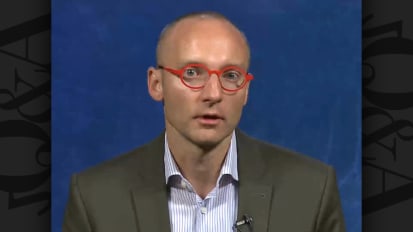 Video
Video
Based on the results of the GENIE Consortium Project, what percentage of patients is estimated to be eligible for targeted therapy within the framework of precision cancer medicine, when evaluated with NGS?
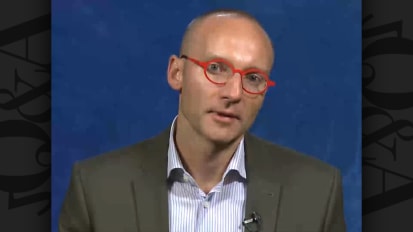 Video
Video
What are the translational implications for NGS as you understand it from the results of the AACR/MSK GENIE Consortium project recently reported in Cancer Discovery?
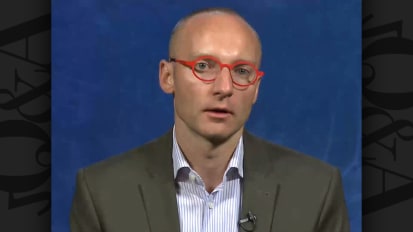 Video
Video
What have we learned from the GENIE Consortium Project about discrepancies between mutational profiles identified in primary tumors comprising the TCGA database versus those observed in distributions identified by NGS in the GENIE project ...
 Video
Video
What is the role of NGS, and role of fusion detection, in particular, in wild type EGFR NSCLC, non-squamous head and neck cancer, and glioblastoma?
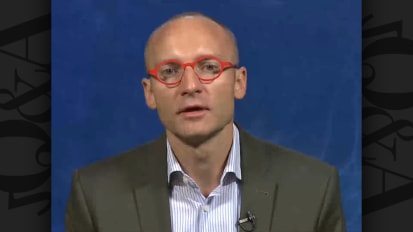 Video
Video
How is NGS altering our understanding of the importance of combining, aggregating, and analyzing a full range of genomic data — from single mutations and alterations to fusion genes, copy number and RNA expression data — to guide therapeutic ...
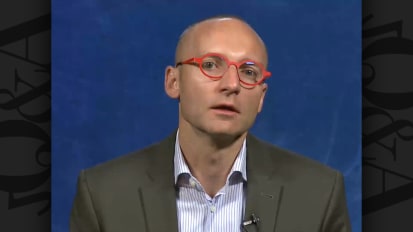 Video
Video
In light of increasing evidence suggesting a relationship between total mutational burden and responsiveness to immune checkpoint inhibition, how are you positioning the role of hybrid capture-based whole exome NGS to guide precision-based cancer treatment?
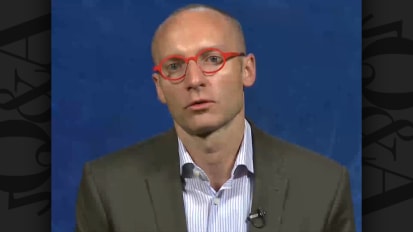 Video
Video
What is the evolving role of NGS in identifying targeted therapies in the setting of metastatic colorectal cancer? Can you discuss this with a focus on BRAF mutations, HER2 amplification testing, and detection of microsatellite instability ...